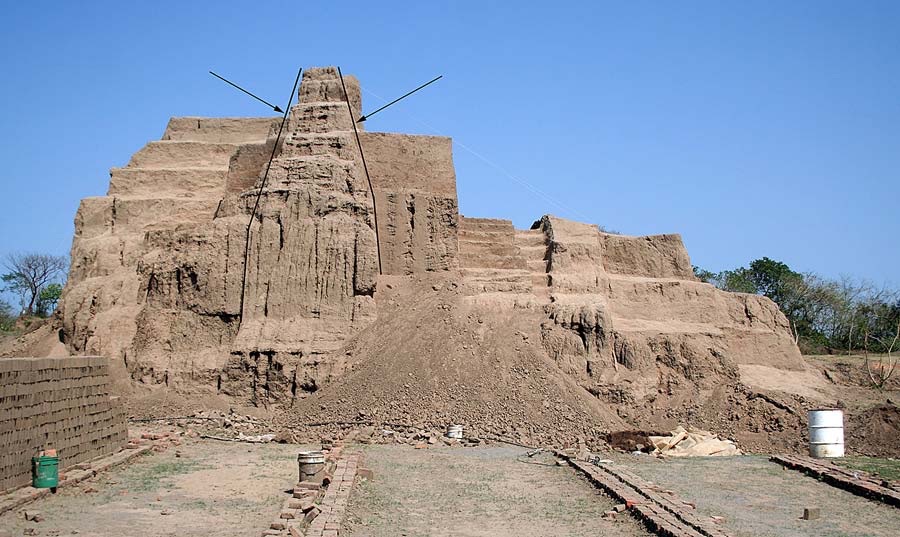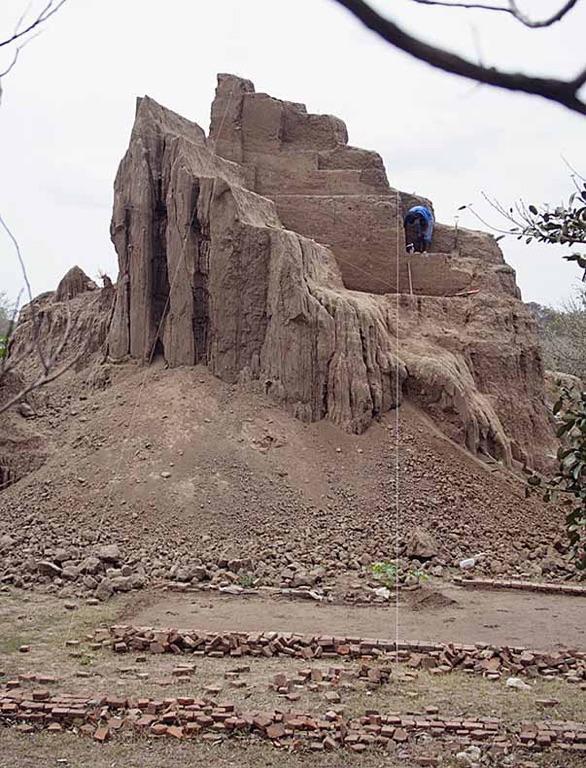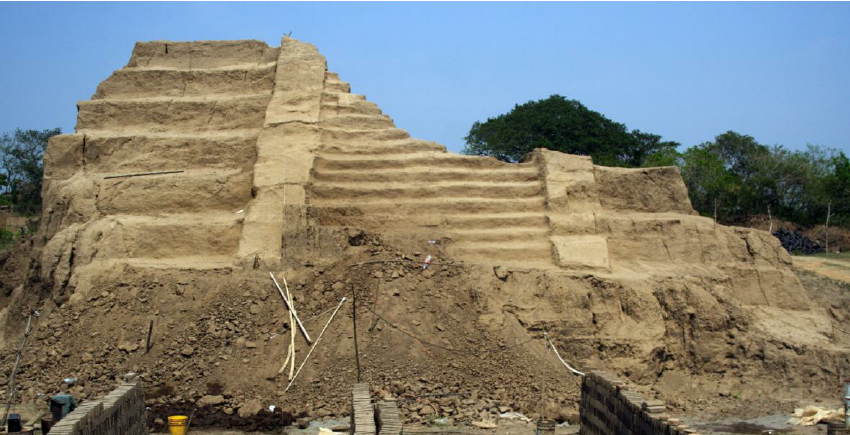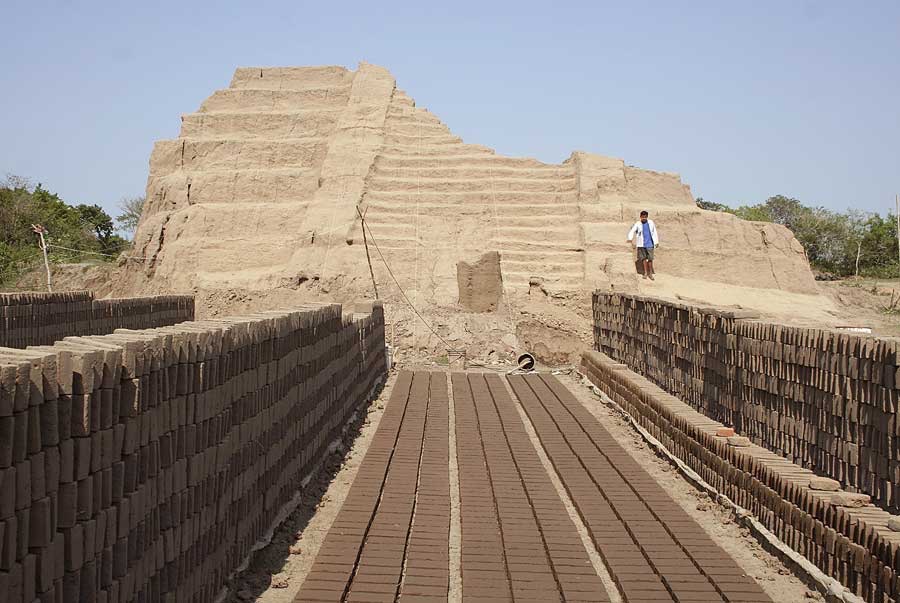The La Joya Archaeological Site is a pre-Columbian historical treasure located in Mexico. It offers a window into the lives of ancient civilizations that once thrived in Central America. The site is a testament to the ingenuity and artistry of its creators, featuring remnants of structures and artifacts that provide insights into their culture and daily life. La Joya is not as widely known as other Mesoamerican sites, but it holds significant archaeological value for understanding the region’s past.
Get your dose of History via Email
Historical Background of La Joya Archaeological Site
La Joya Archaeological Site was discovered in the 20th century, although the exact date remains unclear. The site is a reflection of the complex societies that existed in pre-Columbian Mexico. It was built by an indigenous civilization, whose identity is still a subject of research. Over time, La Joya may have seen different groups inhabit its structures, leaving behind layers of history. While not the scene of any famous historical events, the site provides a crucial piece of the puzzle in understanding Mesoamerican history.
Archaeologists have been piecing together the story of La Joya, with excavations revealing various structures and artifacts. The site’s discovery was not as dramatic as some other archaeological finds, but it has slowly gained attention for its potential to shed light on lesser-known aspects of pre-Columbian life. The builders of La Joya are believed to have been skilled artisans and planners, evident in the remains of their work.
There is no record of La Joya being the site of major historical battles or events. However, its existence is significant as it adds depth to our understanding of the region’s history. The site’s occupation by different groups over time suggests a continuity and change in cultural practices, which is a common theme in the study of ancient civilizations.

The indigenous people who built La Joya are part of a broader cultural mosaic that made up ancient Mesoamerica. Their contributions to the region’s development are still being uncovered by historians and archaeologists. The site’s discovery has prompted a reevaluation of the historical significance of the area, highlighting the diversity of pre-Columbian cultures.
La Joya’s importance lies not just in its structures, but in the everyday items left behind by its inhabitants. These artifacts provide a glimpse into the daily life, religious practices, and social structures of the people who lived there. As excavations continue, it is likely that more discoveries will paint a fuller picture of La Joya’s historical role.
About La Joya Archaeological Site
La Joya Archaeological Site is characterized by its ancient ruins, which include residential complexes, ceremonial centers, and possibly marketplaces. The construction techniques reflect the knowledge and resources available to the builders at the time. The use of local stone and other materials is evident in the remaining structures.
The architecture of La Joya includes features typical of Mesoamerican sites, such as plazas, pyramids, and ball courts. These elements suggest that the site was an important center for social and religious activities. The layout of the buildings and spaces indicates a planned community with specific areas designated for different functions.

One of the architectural highlights of La Joya is the craftsmanship of the stonework. The precision and skill involved in creating the structures suggest a high level of expertise among the builders. The site’s design also reflects an understanding of the environment, as the placement of buildings takes advantage of natural features like elevation and sunlight.
The building materials used at La Joya are typical of the region, with stone being the primary medium. The construction methods would have required a coordinated effort, hinting at a complex social structure capable of organizing large-scale building projects. The remnants of the site’s buildings provide clues to the technological capabilities of the civilization that built them.
Despite the ravages of time, La Joya’s structures continue to impress visitors and researchers alike. The site’s preservation allows for ongoing study and appreciation of the architectural achievements of its ancient inhabitants. As more of La Joya is uncovered, the understanding of its construction and significance will undoubtedly grow.
Theories and Interpretations
Several theories exist about the use and significance of La Joya Archaeological Site. Some suggest it was a ceremonial center, while others believe it played a role in trade and commerce. The presence of ball courts indicates that it was a site for both sport and ritual activities.
The mysteries of La Joya include the exact identity of its builders and the reasons for the site’s eventual decline. Some interpretations rely on comparisons with other Mesoamerican cultures, while others are based on the artifacts and structures found at the site. The lack of written records makes these theories speculative, but they are grounded in the evidence available.

Archaeologists have used various methods to date the site, including stratigraphy and radiocarbon dating. These techniques have helped establish a timeline for the occupation and use of La Joya. However, the exact dates remain a subject of ongoing research and debate.
The interpretation of La Joya’s artifacts and structures often requires matching them with historical records from other Mesoamerican sites. This comparative approach helps to fill in the gaps in the site’s history. It also allows for a broader understanding of the region’s pre-Columbian past.
As excavations continue, new findings at La Joya may challenge existing theories or provide evidence for new interpretations. The site remains an active area of research, with each discovery adding to the knowledge of ancient Mesoamerican civilizations.
At a glance
Country: Mexico
Civilization: Indigenous Mesoamerican civilization (specific identity under research)
Age: Exact age under research, pre-Columbian era
Conclusion and Sources
Reputable sources used in the creation of this article include:

